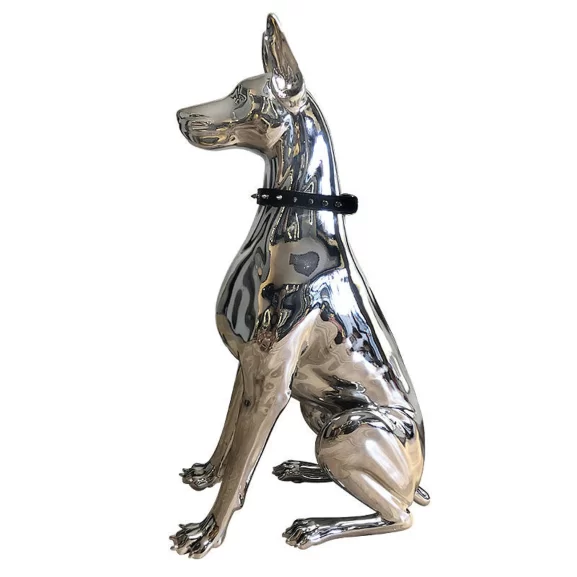
It’s possible that the first people who recognized the importance of recording the family history of animals – and do something about it – were Arabians. Trading and selling animals, particularly horses, was a large part of their income. They had learned, for example, that if they had a fast Arabian mare whose mother was also fast, and bred her to a fast stallion, foals were likely to be fast as well. Not everyone thinks that what the Arabs did, however, was the same as recording a pedigree. Some historians say that the concept of pedigrees for animals actually came from European royalty and nobles who identified their lineage and descent from royalty through genealogies. They point out the word, pedigree, appeared in the early 15th century in the Latin form, pedicru, and in English forms such as pe-de-grew and pedegru, from Anglo-Norman French pé de grue.
Which ever culture started pedigrees, Karl “missed the memo.” He wrote very little down about the dogs he used in his breeding program. In fact, there are those who suspect that Karl didn’t even have a breeding program, per se, or even an organized idea of what his ultimate goal was. He may have created his breed the way one might cook a stew: A little of this and a little of that.
Some historians also suspect that Karl’s breed – what we know today as the Doberman Pinscher – wasn’t all that much of a miraculous amalgamation resulting in one incredible breed. It has been pointed out that dogs resembling the early Doberman were already around the Weimarer Land district of Germany. Some knew the dogs as Thuringianpinschers, but in Apolda, the capital of the district, the same dogs were called Schnupps or Bellings – police or soldier’s dogs.
Interestingly, and according to a report by Karl’s son, Karl started out with a black with red markings Thuringian sheepdog named “Schnupp” (a common name meaning sniffler) She was bred with the fiercest dogs that Karl had found on the street, including early relatives of the Rottweiler, German Pinschers, maybe a shepherd-de-beauce and a Manchester terrier. Other references hint that the Great Dane, Beauceron, Greyhound, the old German Shepherd, and Weimaraner were also included in the mix. Indeed, research done by Rod Humphries suggests that the Beauceron was a significant contributor to the breed, and there are those today who feel the two breed share similar characteristics.
Early on, Karl’s dogs were known as Dobermann’s hunde or Gendarmen Hunde (“police dog”), but it wasn’t until after Karl Friedrich Louis Dobermann died in 1894 that his creation received official recognition and named in his honor. The first dog to enter the breed record book was Graf Belling von Groenland (also known as Graf Belling von Thueringen) in 1898.
Image: Silver Electroplated Doberman Pinscher statue offered by Sunny, owner of LavishBridals, for $1,235.71 here
